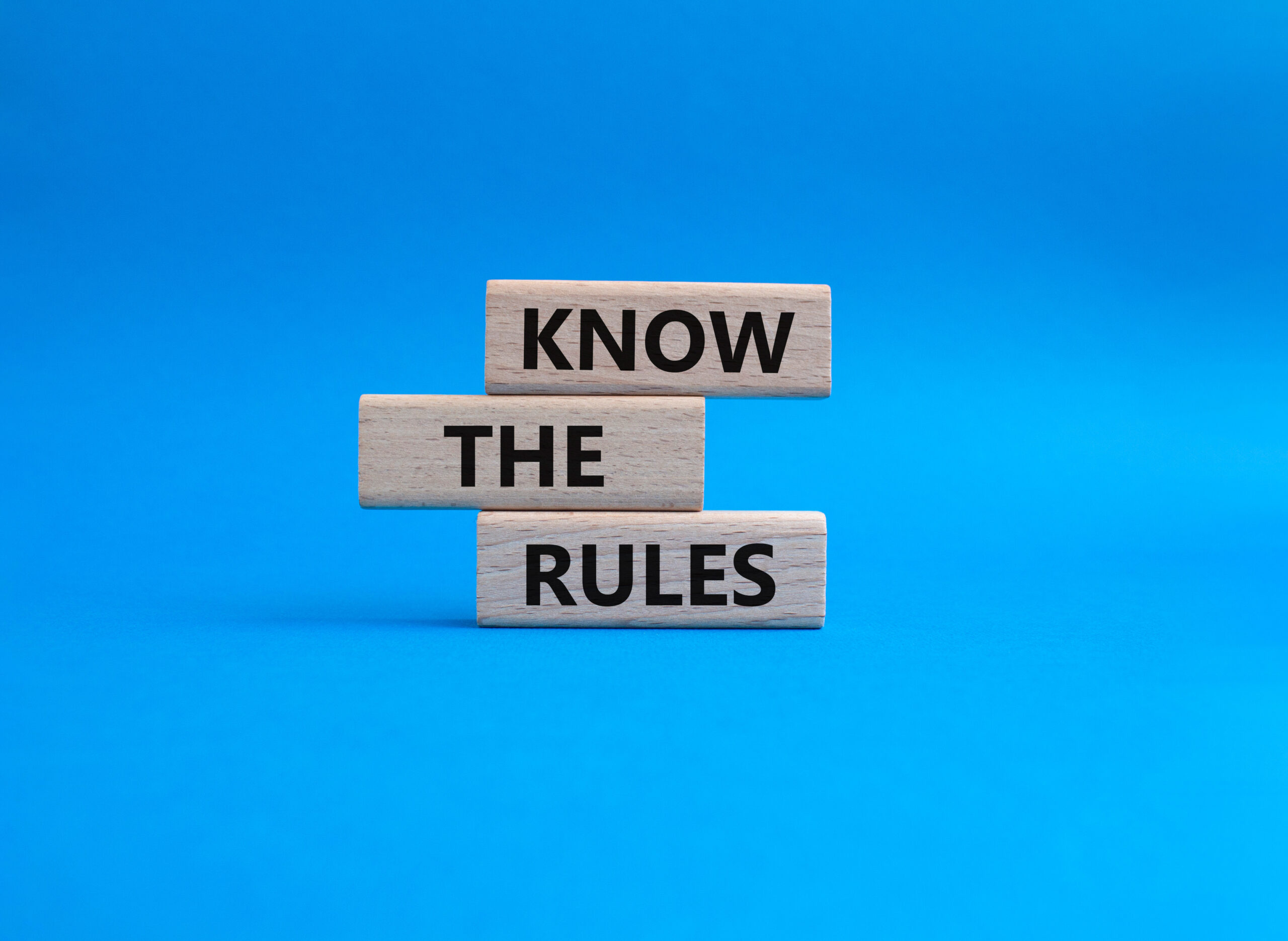Green cleaning is no longer the future of our industry; it is the present.
Becoming a green cleaning company means much more than simply changing your chemistries. A true green-cleaning program includes modified processes, personnel training and specialized equipment and products. This holistic approach involves implementing green throughout your entire company. Every organizational discipline should be evaluated so that the efforts of every part of your company support the ultimate business goals that you define for going green. To reap the many rewards of becoming a green cleaning company requires careful, strategic change management.
[EasyDNNnewsToken:Left Justify Embed 300 x 250]
Real change is difficult. No matter the size of your cleaning company, implementing new ideas means navigating complex challenges. People own their processes, and embracing change can only come when they clearly understand and value how the change will benefit them. It’s often difficult to ensure that the perceived “risks” of change will be rewarded in just proportion. Transitioning your company to green cleaning is no exception.
There’s no standard roadmap for managing change. Every company faces unique circumstances, needs, goals and challenges. However, I’d like to share the methods we used at Maid Brigade to implement green cleaning successfully six years ago. At the core of our plan were strategic management and a strong communications plan. It’s key that these two parts of the plan unfold simultaneously. If you are considering implementing green cleaning in your organization, you must take time to:
- Establish WHY you are going green
- Clearly articulate your vision internally
- Assemble a diverse team to design the implementation
- Define specifically what will change and how
- Train and equip your staff for the new protocols
- Clearly articulate the value of this change externally
Step 1: Identify Your Why
Becoming a green cleaning company was, for Maid Brigade, a monumental change shaped by the significant risk of being the first national residential cleaning company to do so. As pioneers, we had no proof that our strategic direction would be successful. It was also a challenge to define a common set of objectives against which we would measure our performance. Because there were no other residential green-cleaning models to point to, we had to devote substantial time and effort to articulating internally our reasons for making this transition. We had to explain to each set of stakeholders (technicians, homeowners, managers, franchisees, etc.) why the hard work involved with such a major transition would be worth it.
Right from the start, it was clear that the term “green” conjured various meanings depending on a person’s background and biases. Our franchisees wondered what we meant by green. Did we envision a paperless work flow? Was this about protecting the environment? Would we have to change the logo? We spent many hours explaining what we meant by green and correcting misperceptions amid lively discussion and healthy disagreement. In the end, we were able to reach a consensus, and we’ve never looked back.
Our goal in transitioning Maid Brigade to green cleaning was to protect the health of the people most important to us, our customers and employees. At the time, though, not many people understood the health aspects of green cleaning. Green was perceived more as a sustainability choice to help the environment. We had to explain to our people the value of making this monumental change for health benefits.
We defined all our objectives and strategized our positioning. Your objectives will be different, of course, but these were ours:
- Build value in green cleaning by devising a system to provide maximum efficacy and health benefits
- Create a standardized cleaning protocol to ensure consistent service quality and health benefits from every team, on every visit, in every location nationwide
- Reinforce our brand culture with positive, meaningful action
Also, if we were to be the first national house cleaning company to offer green cleaning, we were going to set a worthy standard for others to follow. We made a commitment to adhere to that standard throughout our organization. We would NOT be ‘greenwashers’ – companies that say they are green for marketing purposes while only making minimal green changes.
Our commitment to fully embrace a set of green standards led us to position our new offering as an internal certification. Some have questioned the value of an internal certification, but Green Clean Certified® was developed in the absence of a third party standard for the residential cleaning category at that time. It allowed us to ensure that all our independent business owners cleaned to a high standard, which met specific efficacy and health criteria. We wanted our green promise and our value to be genuine, everywhere, and all the time. Cleaning companies that “go green” only halfway or for the wrong reasons tarnish the efforts of all green cleaning companies in the minds of consumers.
Step 2: Strong Communications from the Start
Having defined your goals, objectives and positioning, tell everyone in your organization what you are planning and why you are doing it. Include them in the process of designing the change. You will need unanimous buy-in to be successful. When all stakeholders are included in the process, the transition is much easier. Having everyone on board is also essential for the next step. Keep everyone in the loop with regular updates. Consider dedicating space on your bulletin board to green updates or send out regularly scheduled email announcements to all members of your staff.
Step 3: Identify a Diverse Green Planning Team
The ultimate goal for using a planning team is strategic, thoughtful change management and the smooth transition to which that leads. Ensuring diversity among those team members is an essential part of reaching this goal. Select team members from all disciplines. Make sure to include a mix of different personalities, work styles and/or ways of thinking. If English is a second language for members of your staff, be sure to include your best bi-lingual speaker so that all may equally benefit both from outcomes and from an on-going understanding of the process. Let everyone know who is on your planning team and encourage them to maintain a dialog with the planning team. Help your planning team be able to effectively articulate the objectives they define and clarify any misperceptions.
Step 4: Define What Will Change and How
Your planning team will start with research and development. First, have them read the third party certification standards that are currently published and decide whether to adopt an existing standard or develop an internal standard. Unlike when we started our transition at Maid Brigade, the current standards can be accessed online through internet searches. Your standard should be based on your objectives as identified in the first step.
Next, have your team research different cleaning solutions, vacuums, vapor cleaners, cloths, mops and other green technologies, products and methods to decide which deliver the best results with the least impact on human or environmental health. There are now plenty of reports and reviews on green cleaning solutions and products. Keep in mind that new green technologies and products are constantly emerging and R&D must be an ongoing effort.
Once you’ve identified a group of high-quality green technologies and products, it’s time to test, test, test! Work these into a formal system that you can use to train your technicians effectively and efficiently. We tested technologies, products and new systems over a period of several months in hundreds of homes.
Summarize the work of your planning team periodically for the rest of the staff so that they will understand the scope of the changes and be reminded why they are planned. Create adequate forums to take questions and suggestions as well as clarify misperceptions before the changes actually take place.
Step 5: Train and Equip Your Staff
The importance of this step is often underestimated. Do not think that you can just show your technicians how to clean green in a staff meeting and then send them on their way. First, you will have to prove to some of them that green cleaning works. Then, you will have to educate your technicians as to why green is better both for health and environmental outcomes throughout your training program. Thorough, committed, ongoing training is required. This, of course, starts with YOUR commitment as a business owner. You set the tone and must lead by example.
Prepare detailed, but easy to understand, training materials in all native languages. You should plan for re-training, just as with traditional cleaning methods. Unlike traditional cleaning methods, however, your staff may be called upon to explain green cleaning to a customer or prospect. Make sure they can communicate effectively the essential points about your company’s move to green cleaning. Educate them so they understand at least the basic whys and hows. Consider creating some marketing materials they can leave with clients to support their efforts to explain why green cleaning is better.
Step 6: Communicate the Benefits of Green to Your Market
Do some market research to understand how ready your audience is for green cleaning. Certain regions and markets are more receptive than others. There are also regional biases that shape the way green is understood. Maid Brigade found that there was some acceptance of green lifestyle choices, but that consumers didn’t equate green cleaning with a healthy lifestyle. We knew before we launched in 2007 that market receptivity was not what we had hoped, so we embarked on a consumer advocacy mission to help educate the public and prime demand. Six years later, consumers are more aware of the human health impact of environmental toxins through public education campaigns and scientific studies spotlighted by the media. Still, consider the power of informing your local audiences in terms of building value in green cleaning and your brand.
If you decide to embrace green cleaning at your company, you will meet with some resistance. Maid Brigade certainly did. However, through carefully managed change we were able to certify and convert all 130 locations to green cleaning in just ten months. Because we developed a professional and thorough training program, we began to see our quality scores increase in year one and every year since. We believe that is also a result of the certification program our planning team created and implemented. With every staff member performing a researched, tested and proven methodology on each visit, in every location, we clean more thoroughly and consistently than we did before going green.
Green cleaning is no longer the future of our industry; it is the present, with cleaning for health the emphasis. Cleaning green will not help increase your advertising response or customer base in any remarkable way. But, because you are doing something very positive for others by protecting their health, you may experience benefits in another very important area—loyalty of both staff and customers. In order to maximize the benefit of going green, commit to doing the hard work and taking the necessary steps outlined here. If you build consensus, communicate and create a strategic implementation process that involves testing and training, you’ll reap the full benefits that reveal themselves once you are on the other side of the transition. Unlike 2007, there are now plenty of reports and reviews on green-cleaning solutions and products. Keep in mind that new green technologies and products are constantly emerging and R&D must be an ongoing effort if you are committed to the health and environmental gains green cleaning offers your employees, your customers and your community.
Cloud Q. Conrad is Vice President of Brand Strategies at Maid Brigade, a franchise leader in residential cleaning with licensed service areas available in the US and Canada.





